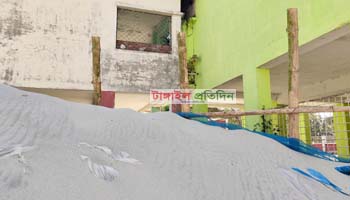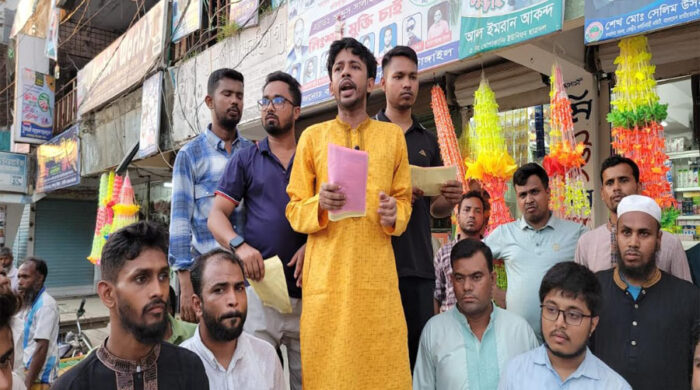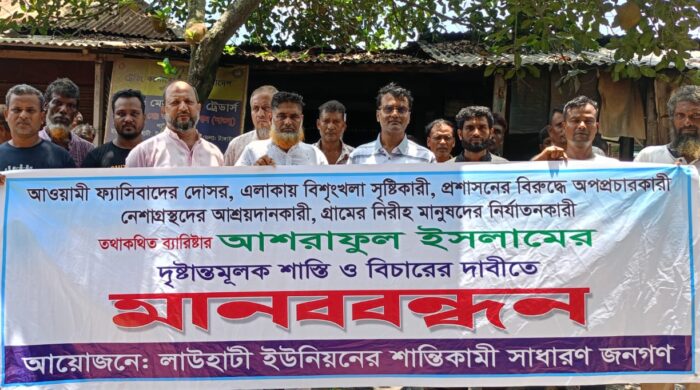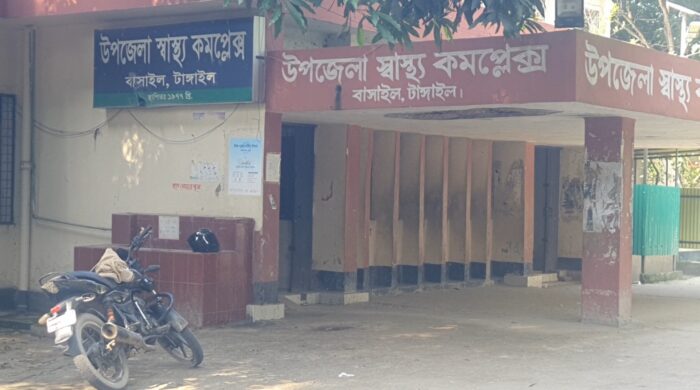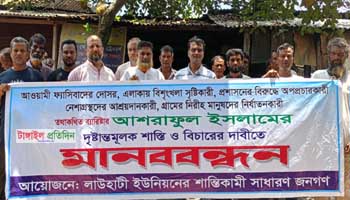Order To Cash Process Key Steps + Benefits
- আপডেট : মঙ্গলবার, ৩ অক্টোবর, ২০২৩
- ৪৫ বার দেখা হয়েছে।

Content
A Bond Account is a self-directed brokerage account with Public Investing. Deposits into this account are used to purchase 10 investment-grade and high-yield bonds. The Bond Account’s yield is the average, annualized yield to worst (YTW) across all ten bonds in the https://www.xcritical.com/ Bond Account, before fees.
- Securities products offered by Public Investing are not FDIC insured.
- Learning from your mistakes and refining your order processing workflow is necessary to create the e-commerce business of your dreams.
- They are responsible for using firm capital to take the risk on both sides of the spread and profiting from the spread.
- Please independently evaluate and verify the accuracy of any such output for your own use case.
Key Steps in an Efficient Order to Cash Process
In the 2010s, brokers were forced into a race for the lowest fees possible, given the competition. PFOF allowed the brokerages to make up for lost customer commissions. It can come as a fee per trade, a share of the spread, or other financial incentives. Market makers make money by selling a stock for a pfof meaning slightly higher price than they bought it for.
Enhancing Cash Flow and Customer Satisfaction Through the Order to Cash Process
As reports from SEC studies have shown, clients, at least in some cases, may be paying more in the end despite discounted or free trading for many. The SEC rule 606 requires all brokers disclose the presence of order flow agreements to customers and update their data through filing disclosures that specify who they received order flow payments from and how much. Many brokers will “spin” the cost savings and “price improvements” they pass down to their customers as a result of order flow agreements. Broker-dealers like Robinhood, Charles Schwab, and TD Ameritrade traditionally had several sources of revenue. They received fees from their customers in the form of trading commissions, sales commissions on mutual funds and other products, margin account fees, and investment advisory fees.
Tips and tricks to improve your workflow
They also claim customers received price improvement with these arrangements. Wholesalers are electronic trading BDs utilizing high frequency trading, algorithmic and low latency trading programs to carry out order executions. These firms use speed and access to split spreads down to the 10,000ths of a penny to capitalize on order flow liquidity. These firms account for nearly 20-percent of all daily trading activity.
This feature is useful for travelers who need time to arrange finances or confirm other details before completing the purchase while still securing their desired flights. While retail investors may not notice or care about the ramifications of order flow agreements, active traders should be aware of the material effects and indirect costs. When you buy or sell stocks, options, and other securities, the broker-dealer who has your account is responsible for executing the trade and getting you the best price available, known as “the best execution.” All investments involve the risk of loss and the past performance of a security or a financial product does not guarantee future results or returns. The above content provided and paid for by Public and is for general informational purposes only. It is not intended to constitute investment advice or any other kind of professional advice and should not be relied upon as such.
This led to exchanges competing for where options trades should be routed, including giving rebates or incentive payments to the broker or customer for directing their order accordingly. Nevertheless, brokers have a strong incentive to encourage more options trading, especially in a zero-commission trading environment. According to a 2022 study, which is in line with similar reporting and studies, about 65% of the total PFOF received by brokers in the period studied came from options.
While you benefit from commission-free trading, you might wonder whether it was the best execution, as XYZ Brokerage has a financial incentive to route orders to Alpha Market Makers. Critics of PFOF argue that this is a conflict of interest because the broker’s profit motive might override the duty to provide the best-executed trades for clients. DMA trading platforms provide robust unclogged data and structural stability which are paramount during period of extreme market volatility. This is evidenced by the helpless customers locked out of their zero-commission fintech brokerage accounts from hours to days during the most volatile stock market activity in history during 2020. Lastly, many institutional traders do not want to show their orders at the exchanges for fear of driving the price away from themselves.

Many brokers stopped charging investors many of the old trading commissions in the mid-2010s, and payment for order flow (PFOF) is the oft-cited reason. PFOF also could again be the primary driver for why options trading has exploded among retail investors since before the pandemic. Market makers compete with each other for optimal executions for clients. They are responsible for using firm capital to take the risk on both sides of the spread and profiting from the spread. However, order flow arrangements empower market makers with the additional liquidity to bundle large orders, deal from inventory and take the opposite sides of trades to buffer exposure risk.
Since the broker gets paid for the order it can afford to charge zero commissions. Such information is time sensitive and subject to change based on market conditions and other factors. You assume full responsibility for any trading decisions you make based upon the market data provided, and Public is not liable for any loss caused directly or indirectly by your use of such information.
The Order to Cash (O2C) process plays a crucial role in helping businesses streamline their revenue cycle and strengthen customer satisfaction. To use this capability, the airline must support ARC/BSP cash payments, and the agent must have a proper ARC or IATA accreditation. The capability involves completing payments for unpaid or partially paid orders. As mentioned above, when creating an order without payment, the airline specifies the payment deadline.
When making a request for order creation or change, sellers can notify the airline of their intent to pay through a settlement platform, either IATA BSP or ARC. Airlines check the seller’s risk profile and agree (or disagree) to these indirect payments. A seller can request an airline to create an order without paying for it immediately. In response, the airline sends a notification about the order creation with payment details and deadlines.
Traders discovered that some of their “free” trades were costing them more because they weren’t getting the best prices for their orders. The SEC permitted PFOF because it thought the benefits outweighed the pitfalls. Smaller brokerage firms that may have trouble handling large numbers of orders can benefit from routing some of those to market makers.
The 12 largest U.S. brokerages earned a total of $3.8 billion in payment for order flow revenue in 2021, per Bloomberg Intelligence, a 33% jump from the year prior. Robinhood alone took in $974 million, or about half of its total revenue for the year. In this example, the market maker would make only a $0.03 profit on the orders, but market makers process millions of orders a day. What form those new rules take, and how popular they prove with retail investors, remains to be seen. You don’t need an expensive processing system to automate your workflow.




